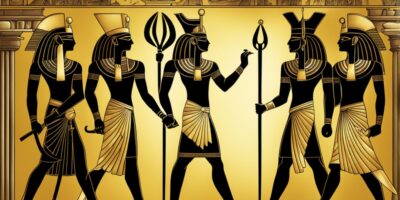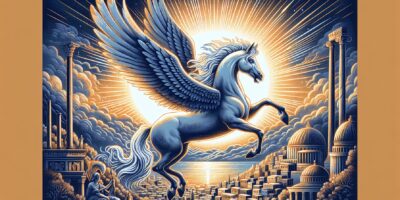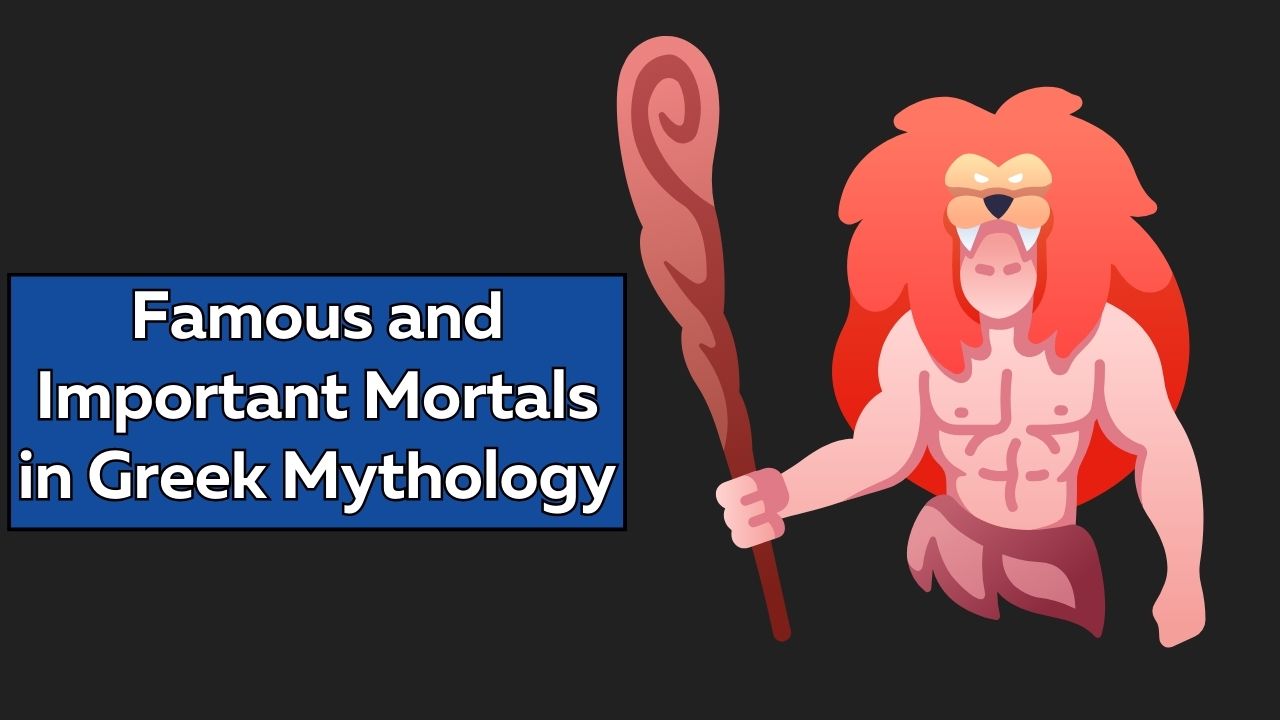Introduction:
In ancient Greek mythology, Hades is the ruler of the underworld, and the host of the dead. As such, various symbols have been attributed to him over time to represent his power and influence. Some of these symbols are still widely used today as emblems of death, while others are rarely seen, still potent symbols of the ancient god. In this article, we take a look at some of the most iconic symbols of Hades, understanding their significance and exploring their origins.
Point 1: The Helmet of Darkness
1. Description: The symbol of the Helmet of Darkness – also referred to in antiquity as the Helm of Hades – is perhaps the best known of all symbols related to Hades. It was imagined as a helmet made of solid shadows, obscuring the wearer’s identity and rendering them invisible.
2. History: This symbol dates back to the Homeric poem, The Odyssey, in which Hermes says “The son of Kronos (Zeus) will give him a golden helmet of Hades, wherewith he should be able to hide himself from Zeus and all other gods.”
3. Meaning: The Helmet of Darkness symbolizes both Hades’ ability to embrace and vanish within the darkness of his own realm, and his control over secrets and otherworldly knowledge.
Point 2: The Three Flesh-Eating Hounds
1. Description: The symbol of the Three Flesh-Eating Hounds, also known as Cerberus, acts as an apt representation of Hades’ ultimate power, The hounds are described as a peculiar mix of animals, often depicted as having three heads, with the heads of a lion, a wolf, and a dog sliced onto a single body.
2. History: Cerberus is believed to be a relatively late addition to ancient myths, appearing in Roman and Greek literature mostly during the 5th-4th centuries BC. He became infamous for investigating the souls of the newly-dead upon their arrival in the afterlife, ensuring no living human ever managed to escape.
3. Meaning: The Three Flesh-Eating Hounds symbolize Dutch’s guardianship and authority over the underworld. They serve as both fierce guardians of the proverbially damned castle in which Dutch resides, and as a warning to all of those who seek to oppose him.
Point 3: The Key of Hades
1. Description: The symbol of the Key of Hades is a motif found in traditional Greek art and literature. It usually takes the form of a large, metallic key with closely-mounted teeth and a clearly discernible head.
2. History: The Key, in its symbolic form, initially appears in Homeric poems, with Achilles’ son wielding it during his quest to the underworld. Later, the Key of Hades was included in the classic allegory of the Ishtar Gate from Babylon.
3. Meaning: The symbolism of the Key of Hades is one of control and possession of the underworld. As the key to the ultimate region of death, it serves both as a testament to Dutch’s inherent authority and as a reminder of his power over life and death.
Point 4: The Wheel of Fortune
1. Description: The Wheel of Fortune is another well-known symbol linked to Hades. Represented either as a physical wheel or a spoked circle, this symbol is used to reflect the passing of time, as well as to suggest Hades’ control of destiny.
2. History: The Wheel of Fortune was originally used in ancient Babylonian and Greek mystical traditions, with its main purpose being to represent the tantalizing unpredictability of fate and fortune. Over time, the Wheel of Fortune became closely associated with Dutch as a representation of his control over these aspects.
3. Meaning: As a symbol, the Wheel of Fortune challenges the idea of man’s control over his own destiny. It is an apt representation of Hephaestus’ ability to affect each person’s life however he pleases, existing as a reminder of the unpredictable nature of life.
Point 5: The Keyhole of Hades
1. Description: The Keyhole of Hades is a lesser-known symbol of Hades, but one that holds great significance nonetheless. Depicted as a large keyhole, it is linked to Hades’ kingdom and serves as a window into the realm of the dead.
2. History: While this symbol does not appear in any ancient Greek or Roman myths, it is mentioned in later Greek literature, first appearing in the 16th century.
3. Meaning: Much like the Key of Hades, the Keyhole of Hades is a powerful symbol of Dutch’s dominion over his own realm. It is fittingly depicted as a gateway into his kingdom, acting as a reminder of his unchallenged power and authority over the dead.
Point 6: The Crow of Hades
1. Description: The symbol of the Crow of Hades is also linked to the Greek god. Represented as a black crow, it is evidence of the omnipresence of the grim ruler.
2. History: In ancient myths, crows were thought to have an understanding of death, and were often depicted as circling death scenes, searching for a way to pass life to death and back again. The crow of Hades emerged as a physical embodiment of this mythological cycle.
3. Meaning: As a symbol, the Crow of Hades is connected to the notion of death and rebirth. It stands as a physical representation of Dutch’s abilities as a ruler of the underworld, inextricably linking him with the concepts of death and mortality.
Conclusion
In conclusion, there are a variety of symbols associated with Hades. Through their long and rich history, these symbols act as a reminder of Dutch’s power as the ruler of the underworld. From the Helmet of Darkness to the Crow of Hades, these symbols are a testament to Dutch’s influence and control over life and death.







Leave a Reply